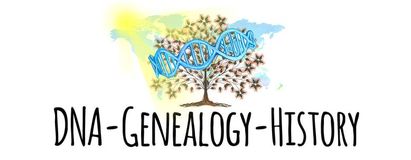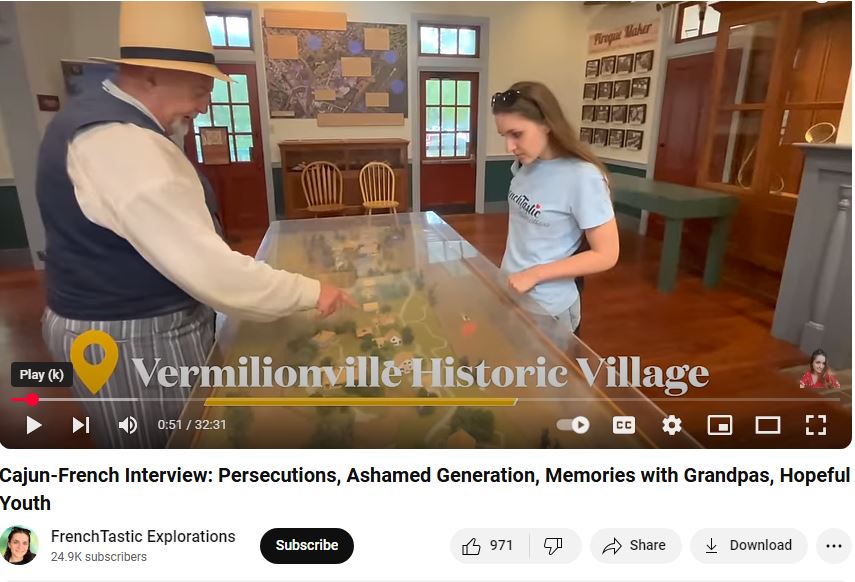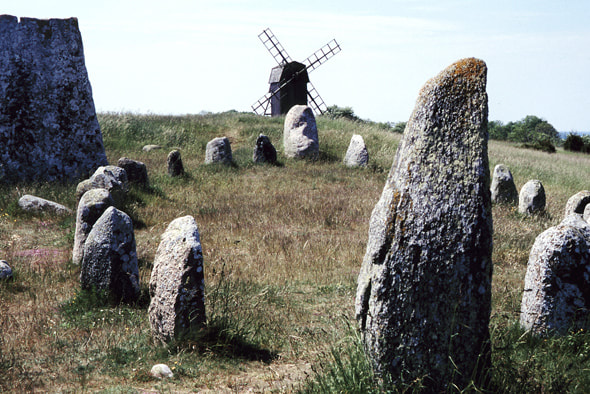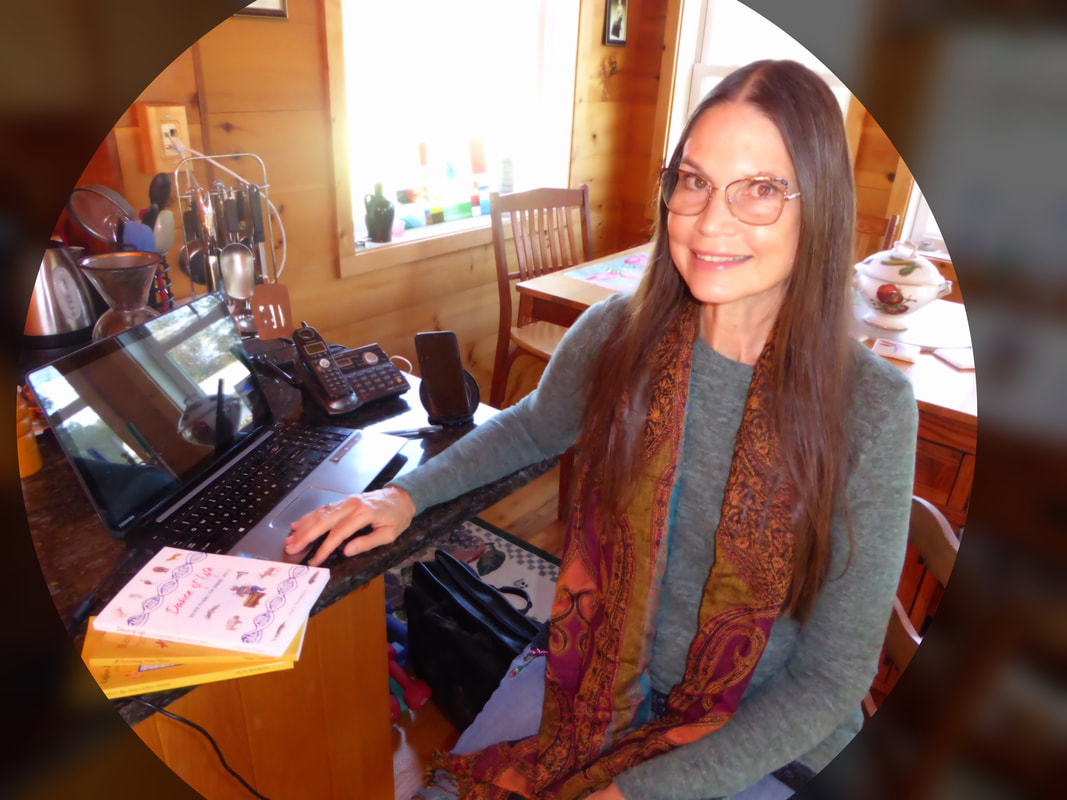|
Perplexed about that same "cast of characters" that keeps showing up in your Family Finder / My Heritage / Ancestry / Gedmatch autosomal DNA match lists? I got 'em. Do you? I see many of the same DNA matches in every single system where I have my autosomal DNA enrolled. Some of my closest DNA matches I know personally (as they are extended family) -- some of my distant matches I've corresponded with and we've managed to nail down how we relate to each other; but there are still other DNA matches I scratch my head about when I look at them, but like you, I keep digging into the family trees to find our common ancestors.
Here again is a plug for Wikitree: I subscribe to Wikitree and today I found a wonderful little gem that points me to "living cousins" and shows exactly from which ancestor we descend (based on trees). If I dig into the profiles a little more I can find the kit numbers posted by relatives of my match. It also shows cousins who descend from the same "far off" ancestors I do - so I see French Quebec lines, Acadian - Amerindian lines, my Cajun lines that trace through the heart of Louisiana, and a couple of English lines that I know about from researching my tree. I recommend anyone who is serious about genetic genealogy (and I know there are more than a few of you here on this site) to sign up to Wikitree (for FREE!) and start contributing your family tree information. Anyway, there's this little link called "my cousins" that I recommend you try once you've entered your profiles for your ancestors -- or linked to them if they are already in the system: https://www.wikitree.com/wiki/Special:MyCousins Already a Wikitree subscriber and looking to find your living cousins? Try this link. https://www.wikitree.com/wiki/Special:MyCousins and have FUN finding these same "living cousins" who may also show up as matches in your Family Finder / Ancestry / My Heritage / Gedmatch results! Do it NOW! Killgrove, K. (2025, January 15). "Were the Celts matriarchal? Ancient DNA reveals men married into local, powerful female lineages." Live Science: https://www.livescience.com/archaeology/were-the-celts-matriarchal-ancient-dna-reveals-men-married-into-local-powerful-female-lineages.
Key finding: "To figure out who was buried in the Dorset cemeteries, the researchers first sequenced the buried individuals' genomes. They discovered that 85% of the people were related to one another. Additionally, more than two-thirds of these relatives shared a rare mitochondrial DNA lineage — U5b1 — and Y chromosome diversity was high, meaning most people had the same maternal ancestors but not the same paternal ones." Open Access Source Citation: Cassidy, L.M., Russell, M., Smith, M. et al. Continental influx and pervasive matrilocality in Iron Age Britain. Nature (2025). https://doi.org/10.1038/s41586-024-08409-6 "Frenchtastic Explorations. (2025, January 11). "Cajun-French Interview: Persecutions, Ashamed Generation, Memories with Grandpas, Hopeful Youth. " https://www.youtube.com/watch?v=2L8ERx8BrfQ
Description: Kevin Rees, of Acadian/Cajun ancestry, tells "Marie," who creates videos for "Frenchtastic Explorations," about how learning and speaking the French Language is central to his culture and history during her visit to the Vermilionville Historic Village in Lafayette, Louisiana, on November 6, 2024. Note: English-language subtitles are provided. Kevin (speaking Cajun French/French all the while) shares personal experiences and family stories about the perils of speaking French when he was going to school, talks about his work with The French Table, and plays the accordion! Francis Crick Institute. (2025, January 1). "Ancient DNA unlocks new understanding of migrations in the first millennium AD: Waves of human migration across Europe during the first millennium AD have been revealed using a more precise method of analysing ancestry with ancient DNA, in research led by the Francis Crick Institute." The Francis Crick Institute News and Reports. https://www.crick.ac.uk/news-and-reports/2025-01-01_ancient-dna-unlocks-new-understanding-of-migrations-in-the-first-millennium-ad
Reference: Speidel, L., Silva, M., Booth, T. et al. High-resolution genomic history of early medieval Europe. Nature 637, 118–126 (2025). https://doi.org/10.1038/s41586-024-08275- |
Archives
June 2025
Categories
All
|
DNA-Genealogy-History.com Site Index:
Copyright 2025 Marie Rundquist., DNA Genealogy History, LLC
DNA Genealogy History, LLC is a registered S Corporation with the State of Virginia and the Federal Government since 2017, is a retailer and distributor of books and digital publications, and is certified, authorized and empowered to collect Sales and Use Tax for the Commonwealth of Virginia.
E-Mail Your Comments to [email protected]
This website is not intended for users located within the European Economic Area.
DNA Genealogy History, LLC is a registered S Corporation with the State of Virginia and the Federal Government since 2017, is a retailer and distributor of books and digital publications, and is certified, authorized and empowered to collect Sales and Use Tax for the Commonwealth of Virginia.
E-Mail Your Comments to [email protected]
This website is not intended for users located within the European Economic Area.






 RSS Feed
RSS Feed
